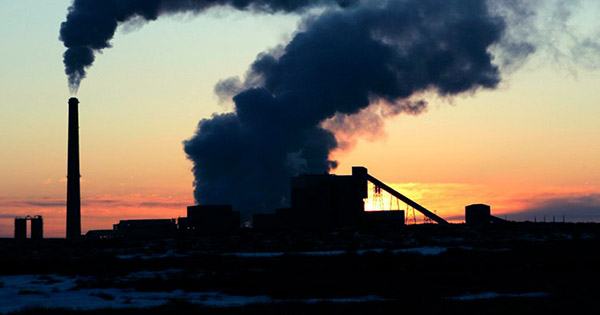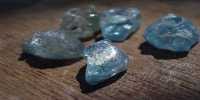Just off the coast of the state of Washington, a metropolis of underwater geothermal towers has been created by observing the liquids coming out of the seabed due to the deep forces under the water. Marine geologists and biologists have recently studied an interesting part of the beach, known as the underlying section of the Juan de Fuca Ridge, and created a new underwater map documenting about 600 hydraulic chimneys here.
Known as “one of the most remarkable places on earth”, scientists have been using submarines and submarine robots to study the Endeavor segment of Juan de Fuca Ridge since the 1980s. This part of the seabed is about 350 kilometers (220 miles) northwest of the Pacific Ocean in the Americas. The area has been traversed before, although most of it is dark, shaded by dirty water, so this actual amount was not found until this recent survey.
The multibeam mapping data collected by an autonomous undersea vehicle was used to create a map of 572 chimneys along the department’s central 14-kilometer (8.6-mile) valley, as reported in the journal Geometry, Geophysics, Geosystems.
David Clague, the lead study author from the Monterey Bay Aquarium Research Institute, explained in a statement, “It’s very difficult to see below because all the water particles create a kind of fog. I remember there was a well-studied chimney where the combination of liquids seemed to be different from one research dive to another research dive.” “It wasn’t until we did our detailed mapping that people realized they were actually taking samples in two separate chimneys. They will obviously face one chimney or the other depending on where they proceeded to the site. “
The Endeavor segment is so rich in the hydrothermal chimney that it has probably experienced minimal explosive activity over the last 4,300 years, with chimneys
lengthening and burying teeth, which occurs in other rocks. These chimney structures are made by hot water, hydrothermal liquids rich in iron sulfide, and calcium-rich minerals cooked by magma over 300°C (570°F) before being submerged in hydrothermal water ma. After the liquid peppers hit the seawater, the minerals solidify and crystallize, creating solid hydroelectric chimneys that are up to 25 meters (82 feet) long.
Although ocean hydrothermal vents are not only interesting from a geological point of view. These extreme environments are also believed to have played a fundamental role in creating microbial life on Earth, where inorganic chemicals formed lip in organic compounds. In other words, researchers studied these features to understand how life could come from other worlds.
















